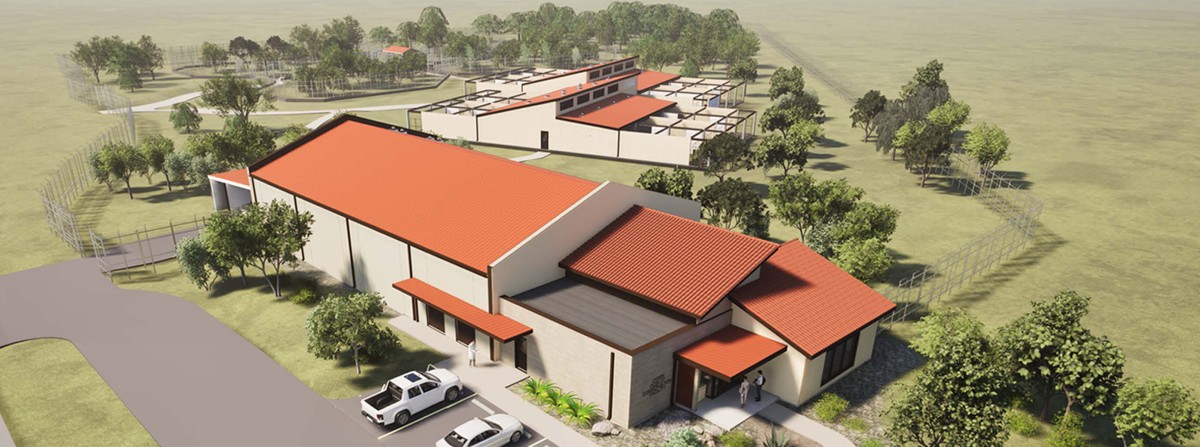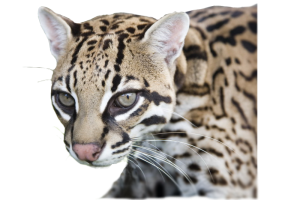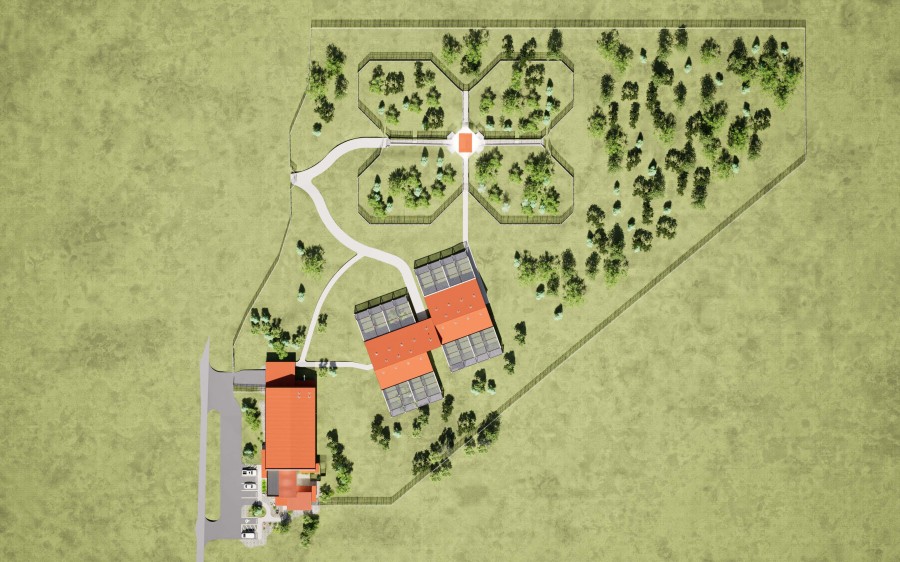
CKWRI Ocelot Conservation Facility

CKWRI Ocelot Conservation Facility
Coming Soon!

For 40 years, the Caesar Kleberg Wildlife Research Institute (CKWRI) has been a leader in ocelot research. CKWRI's ongoing research has been conducted in close collaboration with the East Foundation and other South Texas landowners. These efforts have provided important insight and details surrounding the lives of ocelots in Texas and has increased awareness of their perilous conservation status. Until now, a missing component of CKWRI's ocelot research and conservation efforts has been having a facility designed to study ocelot reproduction, behavior, and physiology. Understanding these components is necessary to efficiently and effectively establish new ocelot populations and secure their future in Texas.
When construction is completed in early summer 2026, the CKWRI Ocelot Conservation Facility will provide solutions to several needs for ocelot conservation and recovery throughout South Texas. The facility will provide the knowledge and capacity for researchers to produce ocelots for reintroduction and to understand the intricacies of ocelot behavior and health. Additionally, the CKWRI Ocelot Conservation Facility will help the Caesar Kleberg Wildlife Research Institute and East Foundation attract the best scientists and graduate students dedicated to studying wild cats. Once the future of ocelots is secure in Texas, the facility could also be used to support research on other wild cats and perhaps even jaguarundi recovery. The CKWRI Ocelot Conservation Facility will be recognized as the most significant conservation effort to date as we strive to sustain the legacy of the United States ocelot.
Background
Texas is home to the last remaining wild ocelots in the United States. Throughout South Texas, there are fewer than 100 of these magnificent cats known to remain in the wild. The scientists at Caesar Kleberg Wildlife Research Institute at Texas A&M University-Kingsville (TAMUK), along with partners like the East Foundation, are committed to restoring ocelots to parts of their former range. Our goal is that wild ocelots will continue to have a future in the United States.
Project Description
The primary research building will be a 9,650-square-foot facility where research, surgery, exams, offices, outreach, and education will be conducted. The ocelot enclosures (16 separate spaces offering interior and exterior holding areas) will provide 19,250 square feet for breeding female and male ocelots, new mothers with offspring during the first weeks of life, and ocelots being quarantined. The rewilding hub, which includes four, ¼ acre pens, will provide space for mothers and offspring to develop hunting skills and other wild behaviors, while also allowing researchers to monitor their health in preparation for movement to pre-release pens in the field. All spaces have been carefully designed with the animals’ well-being and safety as the highest priority.
